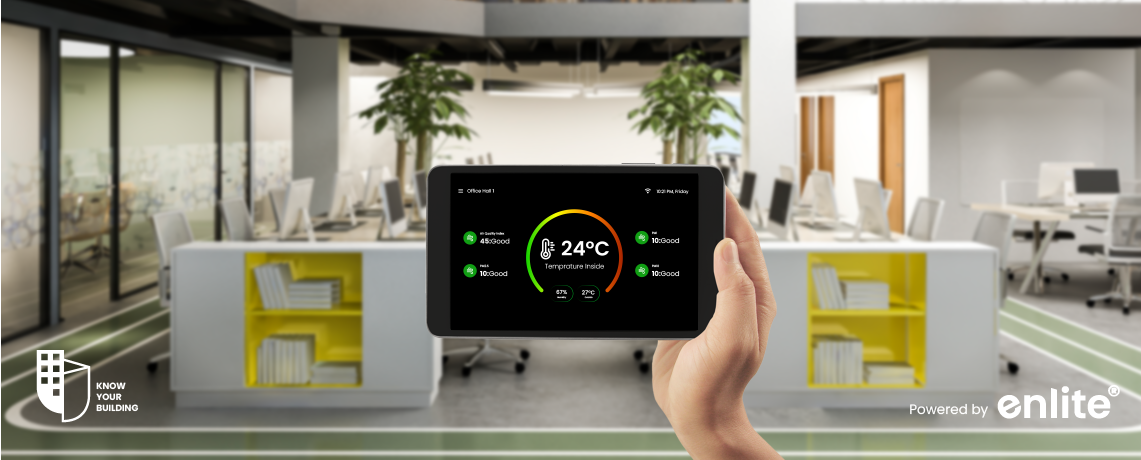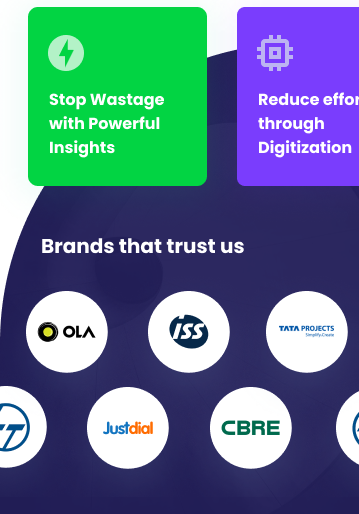Introduction
Managing a commercial building is no small feat. From energy efficiency to security concerns, facility managers face numerous challenges that can impact operational costs, tenant satisfaction, and sustainability goals. As buildings become larger and more complex, traditional management approaches struggle to keep up. This is where Building Management Systems (BMS) come in, offering smart, automated solutions to overcome these challenges efficiently.
Key Challenges in Commercial Building Management
1. High Energy Consumption and Rising Costs
One of the biggest challenges for facility managers is managing energy usage efficiently. Buildings account for nearly 40% of global energy consumption, and without proper monitoring, heating, ventilation, air conditioning (HVAC), lighting, and other systems can lead to excessive energy waste.
How BMS Solves This:
- Real-time energy monitoring enables tracking and optimizing energy usage.
- Automated HVAC and lighting control reduces waste and enhances efficiency.
- Predictive analytics helps in identifying peak consumption times and adjusting settings accordingly.
2. Inefficient Facility Maintenance and Equipment Failures
Unplanned equipment failures can result in downtime, high repair costs, and occupant discomfort. Many buildings rely on reactive maintenance, which often leads to costly emergency repairs.
How BMS Solves This:
- Predictive maintenance alerts notify facility managers of potential failures before they happen.
- Automated fault detection reduces equipment downtime.
- Condition-based monitoring ensures HVAC, electrical, and mechanical systems operate at peak performance.
3. Occupant Comfort and Productivity Issues
Tenant satisfaction is crucial for commercial buildings, offices, and retail spaces. Inconsistent temperature control, poor air quality, and improper lighting can negatively impact occupant comfort and productivity.
How BMS Solves This:
- Smart HVAC systems adjust temperature based on occupancy levels.
- Air quality monitoring ensures optimal CO₂ levels and humidity control.
- Automated lighting systems adjust brightness based on natural daylight and occupancy.
4. Security and Access Control Risks
Unauthorized access, data breaches, and physical security threats are a growing concern in commercial buildings. Traditional security systems often fail to integrate seamlessly with building operations.
How BMS Solves This:
- Smart access control systems manage who enters and exits the building.
- CCTV and surveillance integration ensures real-time monitoring and automated alerts.
- Remote monitoring capabilities allow security personnel to oversee the facility from anywhere.
5. Sustainability and Regulatory Compliance
With growing concerns about climate change and environmental impact, buildings must adhere to green building standards, energy efficiency regulations, and sustainability goals. Manual tracking of these metrics is time-consuming and prone to errors.
How BMS Solves This:
- Automated energy tracking and reporting ensures compliance with green building certifications like LEED and WELL.
- Integration with renewable energy sources like solar panels optimizes energy use.
- Data analytics and reporting tools help businesses meet sustainability goals effectively.
6. Space Utilization and Occupancy Management
With hybrid work trends and fluctuating occupancy rates, facility managers need real-time insights into space utilization to ensure efficiency and cost savings.
How BMS Solves This:
- Occupancy sensors track foot traffic and optimize space allocation.
- Automated workspace management helps businesses allocate resources effectively.
- Data-driven insights aid in long-term planning for commercial real estate.
7. Remote Monitoring and Management Challenges
Traditional building management requires on-site monitoring, making it difficult to track and control building operations remotely, especially for multi-location enterprises.
How BMS Solves This:
- Cloud-based BMS solutions allow remote monitoring and control of building systems.
- Mobile accessibility enables facility managers to make adjustments on the go.
- AI-driven automation ensures systems operate efficiently without constant manual intervention.
Final Thoughts
Managing commercial buildings comes with a wide range of challenges, but Building Management Systems (BMS) provide an intelligent, automated solution to optimize efficiency, reduce costs, and enhance occupant comfort. With features like real-time energy tracking, predictive maintenance, security integration, and remote monitoring, a cloud-native BMS like Know Your Building empowers businesses to take control of their facilities effortlessly.
Want to revolutionize your commercial building management? Discover how Know Your Building can streamline operations and enhance sustainability. Contact us today for a free demo!














